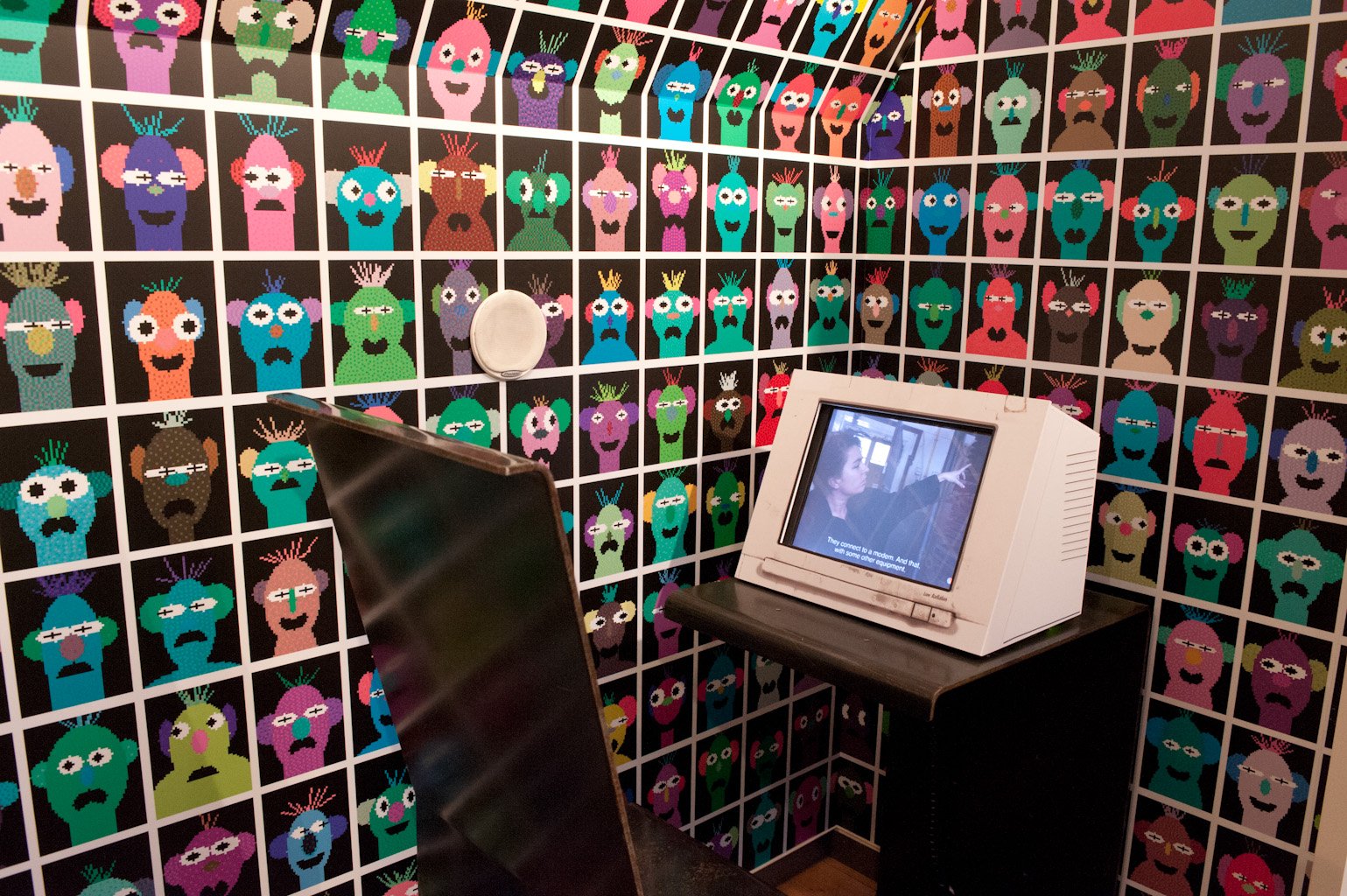Dutch digital city from 1994 is part of Unesco’s memory list

De Digitale Stad, an Amsterdam digital environment launched in 1994 on the then-largely unknown internet, has been included in the Unesco Memory of the World listings.
The digital city project aimed to work towards a “community-built, community-driven internet” in which its users were empowered to become “citizens”.
Users could talk to each other in chat rooms and take part in other virtual activities. There was also a library and a post office and founder Marleen Stikker was the mayor. Within six weeks of its launch, De Digitale Stad had grown to 10,000 residents.
“That De Digitale Stad has become the first digital public space and social media platform to be selected by Unesco… is a great recognition of the importance of social movements and artists in the development of the internet,” Stikker is quoted as saying by the Parool.
DDS served as an inspiration for similar initiatives in Germany, Austria, the UK, France, Italy, Sweden, Canada and the US but was eventually taken offline in 2001.
However, in 2011, efforts by the DDS community and others helped bring this unique part of Dutch tech heritage back to life using web archaeology techniques.
Today, DDS consists of a web archive, physical objects and audiovisual documentation and is being preserved and managed by the Waag society, the Amsterdam Museum and the University of Amsterdam.
The Memory of the World programme aims to facilitate preservation of the world’s documentary heritage and keep it freely accessible to all.
Thank you for donating to DutchNews.nl.
We could not provide the Dutch News service, and keep it free of charge, without the generous support of our readers. Your donations allow us to report on issues you tell us matter, and provide you with a summary of the most important Dutch news each day.
Make a donation